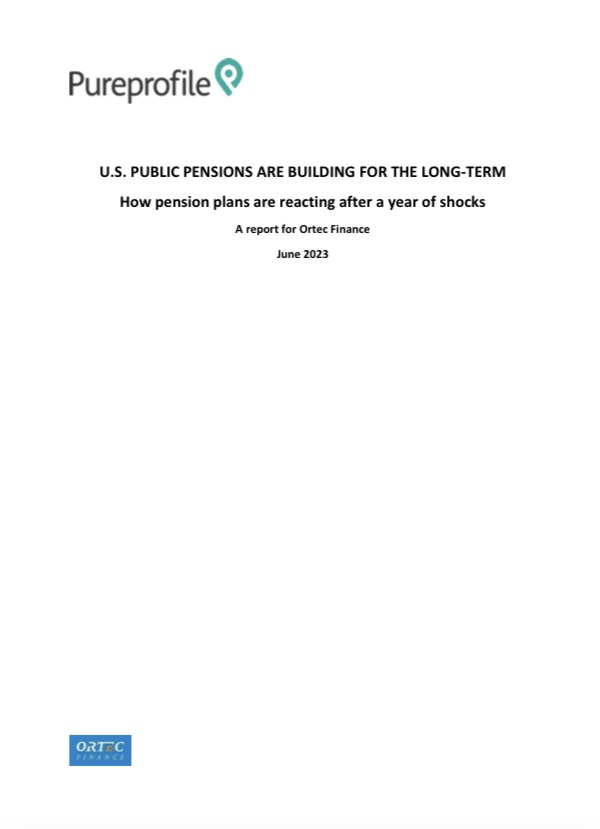Wall Street’s hottest ticket is these Australian funds
Morgan Stanley chief James Gorman has been tapping his Australian roots to access one of the world’s fastest-growing corners of global capital. The bank’s Melbourne-born boss is one of a string of executives from Wall Street and beyond doing more business with the largest players in Australia’s $3.5 trillion superannuation sector. The big attraction: inflows of more than $1 billion a week that need to find an investment destination. As the guardians of the country’s retirement savings outgrow their own backyard, they’re partnering...










